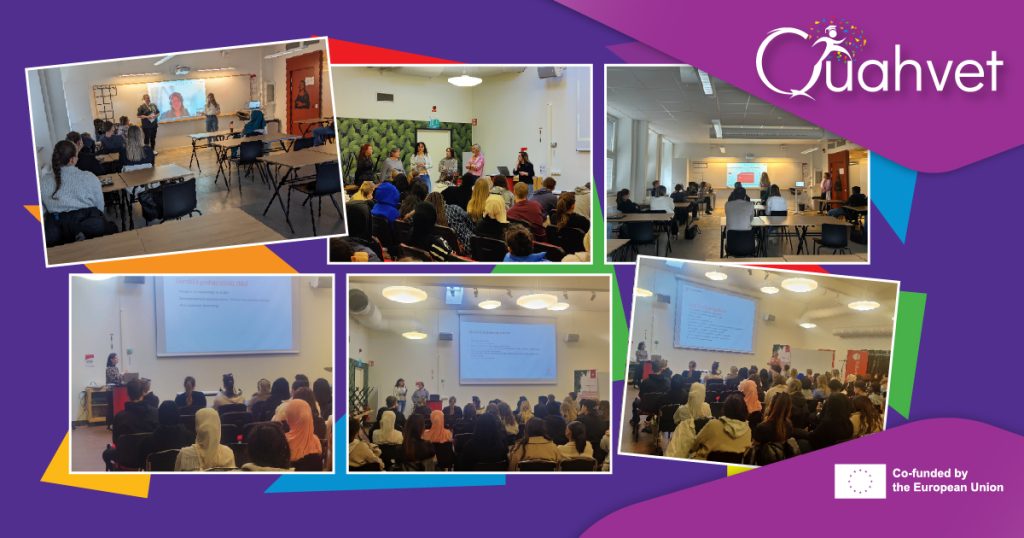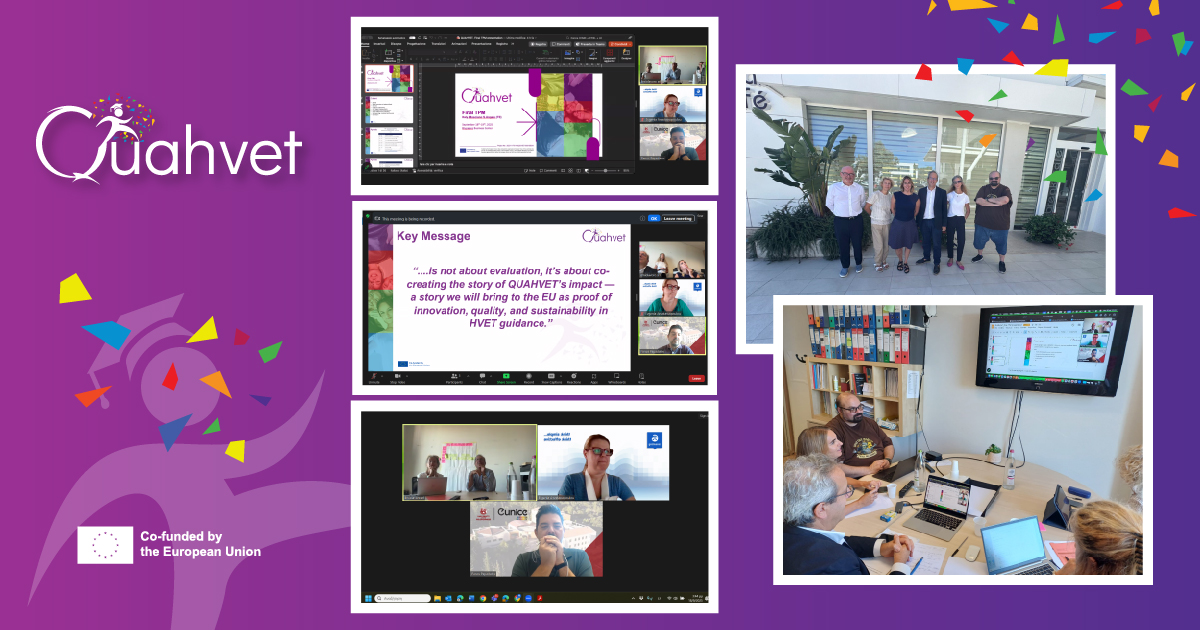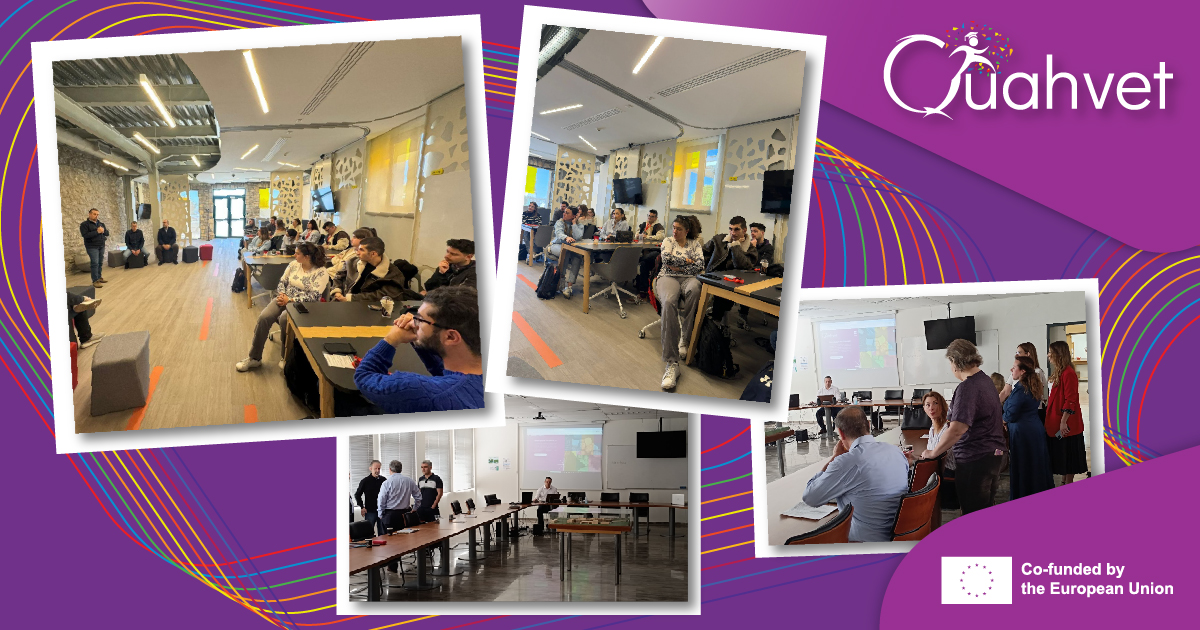As part of the QUAHVET project, partners from across Europe implemented a series of pilot activities between late 2024 and mid-2025. These initiatives aimed to strengthen cooperation between Higher Vocational Education and Training (HVET), universities, and secondary schools, while improving the quality and inclusiveness of career guidance. The pilots tested methods to make HVET more visible, accessible, and aligned with labour market needs.
The pilots took place in Italy, Spain, Sweden and Greece and engaged teachers, guidance counsellors, students, and local stakeholders. Each organisation adapted the QUAHVET approach to its context, but all shared a common goal: to build bridges between education levels and make guidance a collective effort.
Workshops, webinars, and awareness events brought together professionals from different sectors, showing that effective guidance depends on collaboration. When teachers, counsellors, and employers work side by side, students gain clearer insights into study and career opportunities and feel more supported in their choices.
The pilots provided valuable insights that can be applied across Europe.
- Collaboration first. Coordinating actions among schools, HVET providers, and employers ensures consistent and relevant messages to students.
- Make guidance interactive. Students engage best through dialogue, role models, and real examples rather than one-way presentations.
- Use data to improve. The QUAHVET self-assessment model helps institutions measure the quality of guidance and plan improvements.
- Keep inclusion central. Guidance should actively counter stereotypes, especially gender-based choices, and reach all learner profiles.
- Think long-term. Sustained cooperation and recurring activities are essential for real impact — beyond one-off events.
These lessons highlight that good guidance is both a structured process and a human relationship that evolves through trust and shared goals.
The pilots confirmed that guidance should not be seen as a separate activity but as an integrated part of education. Strengthening collaboration between institutions fosters a system where students, teachers, and employers share responsibility for building meaningful learning paths.
To ensure sustainability, QUAHVET promotes:
- Embedding guidance models into everyday practice.
- Using the HVET Digital Gateway and Multi-Stakeholder Guidance System to support continuous professional development.
- Encouraging institutions to collect feedback and adapt regularly to changing contexts.
These actions help maintain quality assurance and keep guidance responsive to evolving labour market demands.
The QUAHVET pilots demonstrate that quality guidance can reshape perceptions of Higher VET and open new possibilities for learners. By empowering educators and counsellors, the project contributes to a European culture where HVET is recognised as a first-choice pathway, combining strong employability with practical, future-oriented skills.









